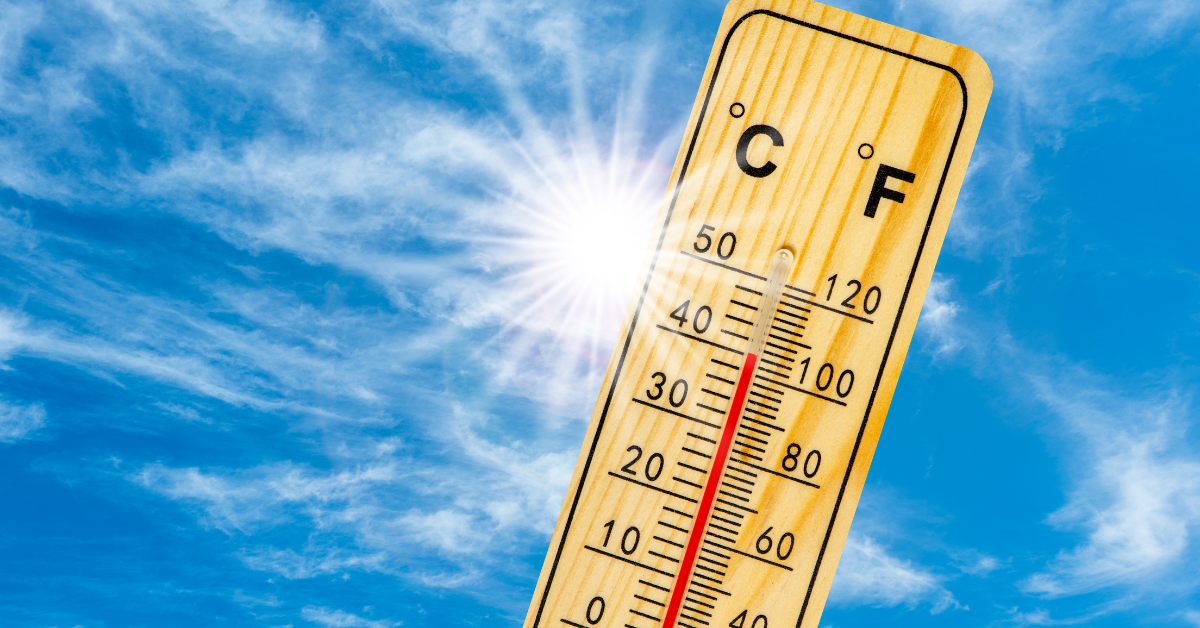In August 2025, Japan recorded its highest temperature in history, triggering widespread health and agricultural damage. Extreme weather events such as heatwaves and torrential rains struck many parts of the world, revealing the seriousness of climate change on a global scale. This article explores the details of Japan’s heatwave, its underlying causes, and how the international community is responding.
Record-Breaking Heatwave in Japan, August 2025
In August 2025, Japan experienced the hottest temperature ever recorded in its history. In inland regions, daily highs exceeded 40°C for consecutive days, while in urban areas, nighttime lows often stayed above 25°C, creating more tropical nights. The Japan Meteorological Agency reported that a long-lasting expansion of the Pacific High-Pressure System, combined with ongoing global warming, significantly boosted temperatures.
This extreme heat greatly increased health risks, with elderly people and those with pre-existing conditions being hospitalized for heatstroke in unprecedented numbers. Agriculture suffered severely, with declines in the quality of rice and fruit, while electricity demand reached record levels.
Highest Temperatures Recorded in Major Japanese Cities in August 2025
| City | Highest Temp | Difference from Average | Date |
|---|---|---|---|
| Kumagaya | 41.5°C | +3.2°C | Aug 5 |
| Kyoto | 40.9°C | +2.8°C | Aug 7 |
| Tokyo | 39.8°C | +2.5°C | Aug 8 |
| Sapporo | 36.2°C | +4.0°C | Aug 10 |
Extreme Weather Events Around the World
The heatwave was not limited to Japan—extreme weather patterns were widespread across the globe this summer. In western North America, massive wildfires destroyed tens of thousands of homes. Southern Europe endured consecutive days of 45°C heatwaves, while South Asia and South America experienced torrential rains and devastating floods.
Major Extreme Weather Events in Summer 2025
| Region | Weather Event | Scale of Damage | Main Impact |
|---|---|---|---|
| Western North America | Wildfires | 30,000 homes destroyed | Power outages, evacuations |
| Southern Europe | Heatwave (45°C) | Thousands with heatstroke | Tourism slowdown |
| South America | Heavy rain & floods | 2 million displaced | Crops wiped out |
| South Asia | Monsoon floods | Over 10,000 deaths | Infrastructure collapse |
International agencies point to El Niño and Arctic ice melt as factors altering atmospheric circulation and increasing the frequency of extreme weather.
Health Risks and Social Impacts of Heatwaves
High temperatures put a serious strain on the human body. Heatstroke and dehydration can be fatal, and the risk is higher for people with existing medical conditions. In addition, long-term social impacts such as sleep deprivation, reduced concentration, and lower work productivity are significant.
In urban areas, the urban heat island effect intensifies heat, making it harder for nighttime temperatures to drop. To combat this, many municipalities have opened public facilities as cooling shelters, installed mist showers, and provided subsidies for air conditioning costs.
Key Points for Preventing Heatstroke
| Item | Prevention Strategy |
|---|---|
| Hydration | Drink water or sports drinks frequently |
| Clothing | Choose breathable fabrics and wear hats |
| Activity Hours | Avoid going out between 10 a.m. and 4 p.m. in direct sunlight |
| Indoor Environment | Keep air conditioning below 28°C and circulate air with fans |
Economic and Agricultural Damage
The 2025 heatwave also caused enormous damage to agriculture. Rice crops showed signs of high-temperature damage, fruit suffered from sunburn, and vegetables experienced poor growth. In livestock farming, heat stress led to reduced milk yields and increased animal deaths.
Agricultural Losses in Japan Due to the Heatwave
| Crop | Type of Damage | Estimated Loss |
|---|---|---|
| Rice | Increased chalky grains | ¥60 billion |
| Apples | Sunburn on skins | ¥15 billion |
| Tomatoes | Stunted growth & lower yields | ¥8 billion |
| Milk | Reduced milk yield | ¥5 billion |
Tourism also suffered as outdoor events were canceled and beach attendance declined. On the other hand, sales of air conditioners, cooling products, and cold beverages surged, showing the dual impact of the heatwave on the economy.
Global Climate Change Response and Japan’s Role
To curb the effects of global warming, reducing greenhouse gas emissions and expanding renewable energy use are urgent priorities. Meeting the targets of the Paris Agreement requires concrete measures to achieve carbon neutrality by 2050.
Japan, with its technological capabilities and disaster management experience, is well-positioned to lead climate change mitigation in the Asia-Pacific region. Efforts should focus on urban redesign, development of heat-resistant crops, and improved weather forecasting technology.
Conclusion
The August 2025 heatwave was a historic climate disaster for Japan and a stark reminder of the accelerating global climate crisis. The health toll and economic losses were enormous, and the event could influence future societal structures and lifestyles.
However, this experience can serve as a turning point toward a sustainable society. By advancing energy efficiency, adopting renewable energy, and improving urban design, we can reduce future risks. In today’s world, individual actions collectively influence global change, making our daily choices more important than ever.






